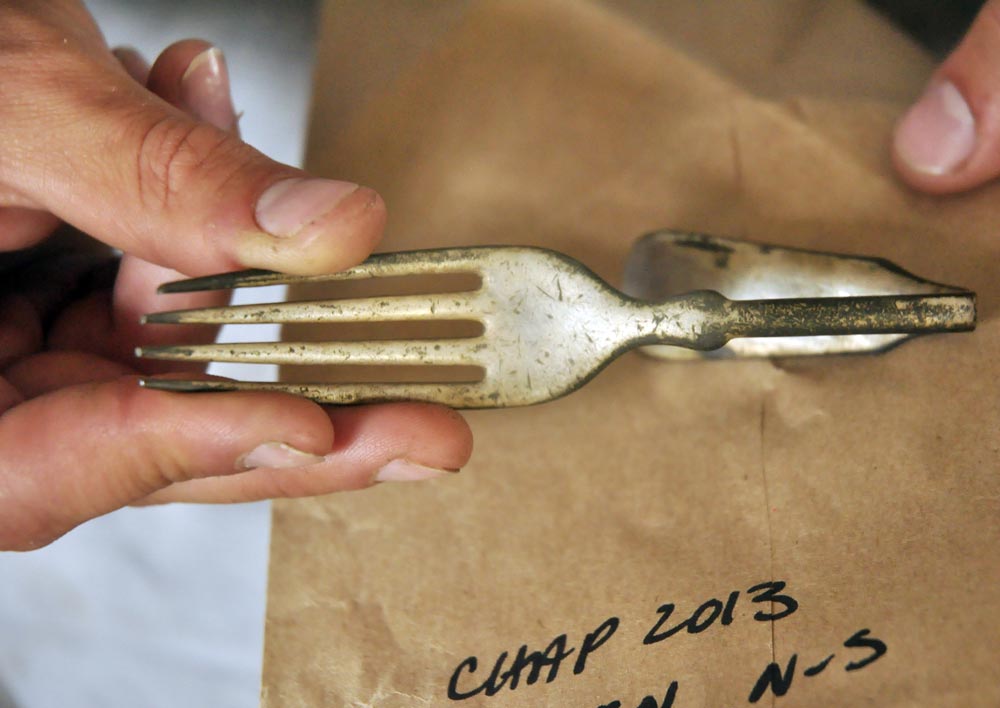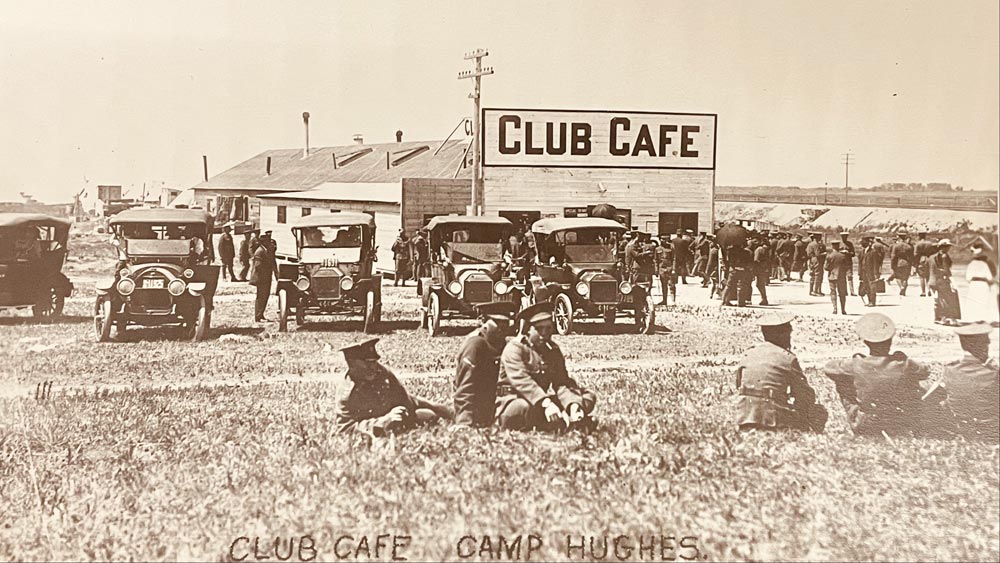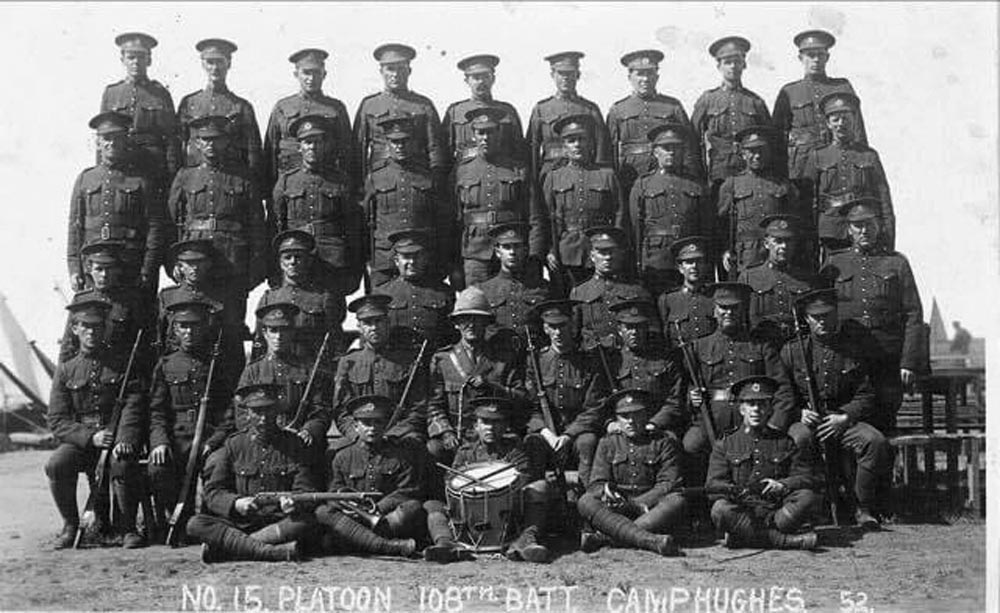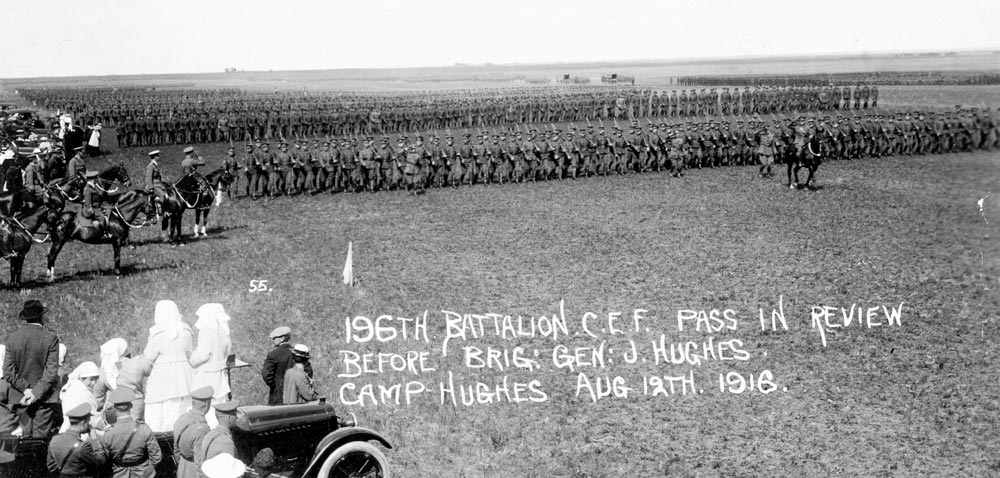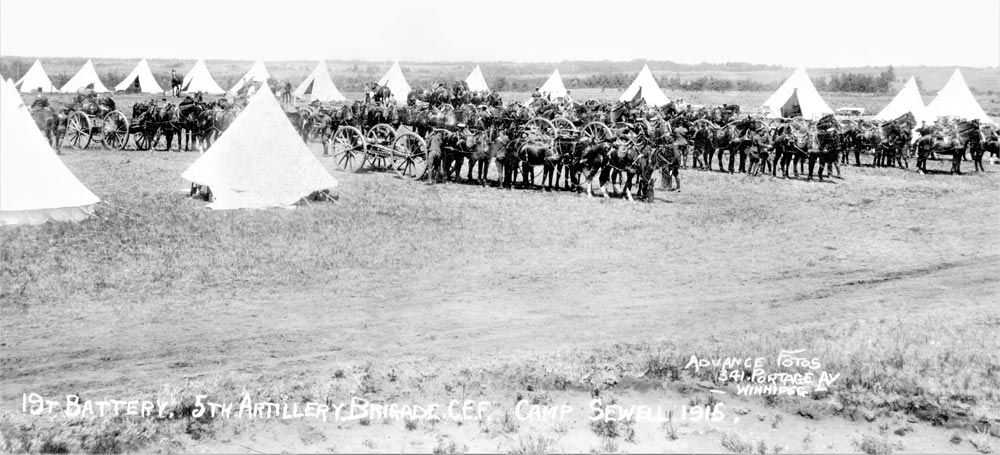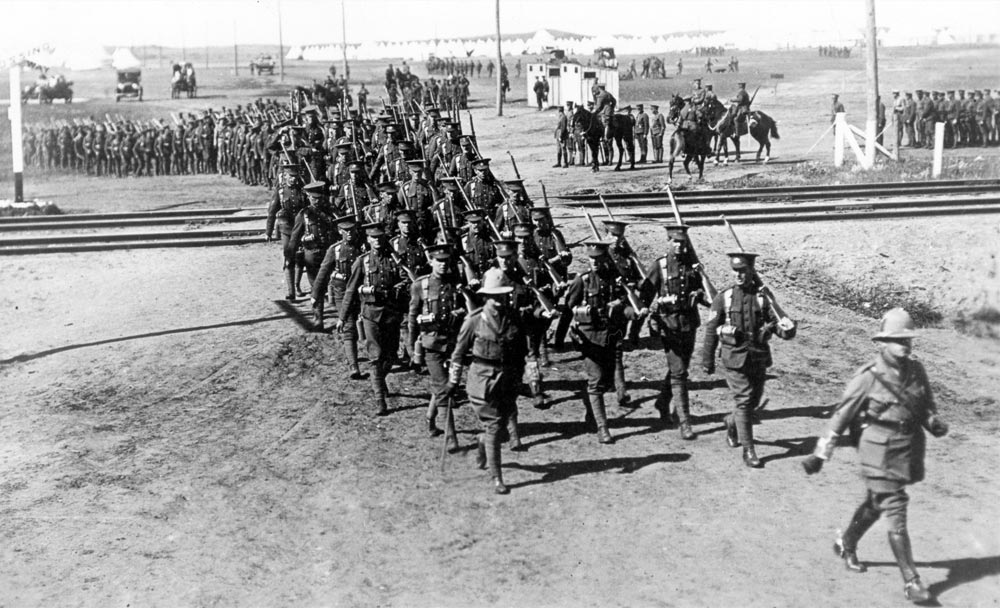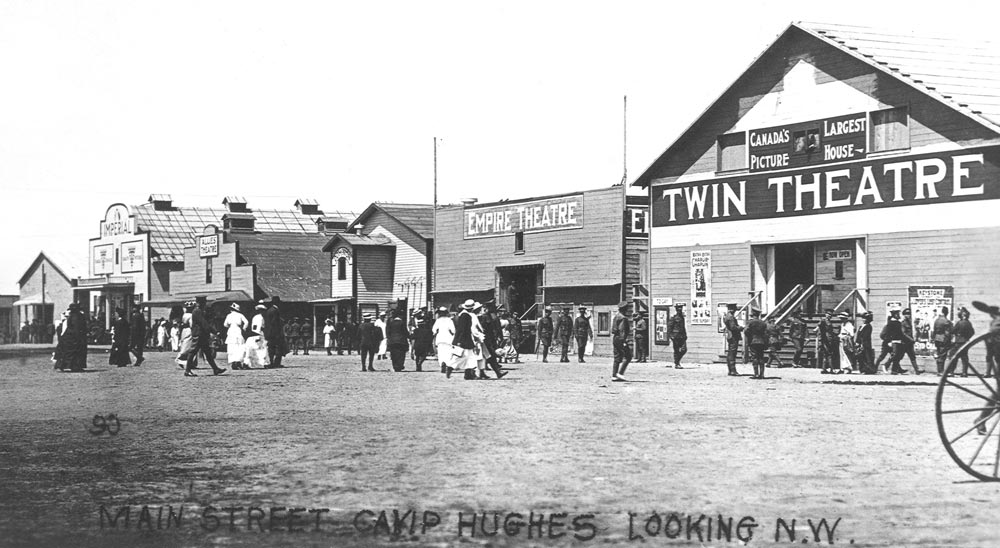

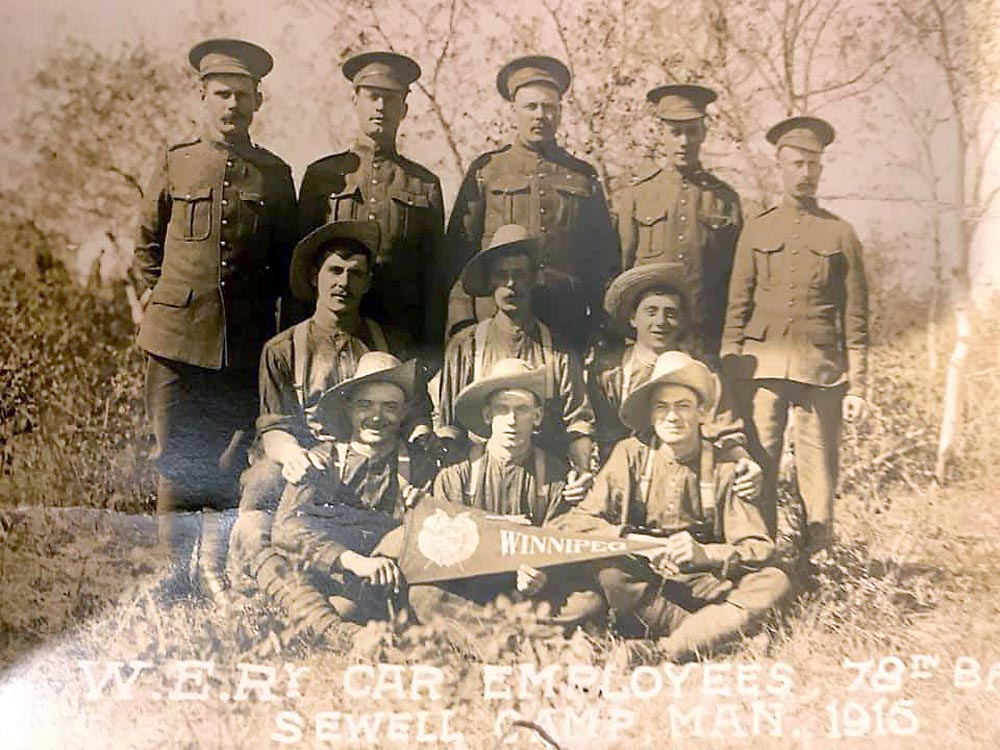
Andrew Oakden
Stag Special
During the First World War, the Canadian Militia established a network of military training sites across Canada to train 600,000 recruits for the Canadian Expeditionary Force (CEF) going overseas to fight on the Western Front.
One of the 17 training sites was Camp Hughes near Carberry, Manitoba, 132 kilometres west of Winnipeg, just south of the Trans-Canada Highway.
The Canadian Militia trained upwards of 38,000 recruits at Camp Hughes in 1915 and 1916.
In 1916, it was the second-largest training camp in Canada and the second-largest community in Manitoba. Today, Camp Hughes is a provincial and national historic site containing the only complete First World War trench system worldwide.
In 1915, the CPR changed the name of Sewell Station to Hughes Station. The Militia followed suit in honour of the Minister of the Militia, LGen Sir Sam Hughes, KCB, renaming it Camp Hughes.
The main features of Camp Hughes were 10 kilometres of a trench system, rifle range, grenade grounds, artillery ranges and observation posts, plus a cemetery.
In 1915, 414 officers and 10,580 men trained at Camp Hughes. A year later, the numbers increased to 880 officers and 25,067 men, with an additional 1,600 staff responsible for training recruits.
In the summer of 1916, Camp Hughes was the second largest camp in Canada, training approximately 26,000, behind Camp Borden, which had 30,000.
Camp Hughes is known for the extensive trench system which still exists today. The Militia completed the replica trench system in 1916, and veterans returned from France to train the recruits.
The trench at Camp Hughes was realistic and full-scale, allowing for the training of 1,000 soldiers. The recruits learned to fight in conditions similar to the Western Front, training for 12 weeks in the trenches and rifle ranges.
Each Battalion trained in the trench network, establishing daily routines, sentries, listening posts, and going over the top into the No Man’s Land.
The soldiers would enter the trench system through the communication trenches which led to support trenches, then to the frontline trenches.
The frontline (fire) trench is approximately one kilometre in length and could hold two companies of men. The trench system also included underground dugouts designed to protect soldiers from artillery bombardment.
The Militia also built shallow enemy trenches on opposing high ground, similar to German defences on the Western Front. They also had a 2,000-yard rifle range with 500 targets, plusa grenade school where they practiced throwing live grenades into designated pits.
After 1916, the CEF stopped training at Camp Hughes due to a lack of recruits and the introduction of conscription. With less need for military training sites, Camp Hughes closed in 1917, including all the businesses on the boardwalk.
After the First World War, the Militia re-opened the camp for summer training and continued operations until 1933.
In the 1920s, Camp Hughes contained 138-square-miles of training ground, including swamps and bogs, which was not conducive for military training.
The main reason for moving it 15 miles south to Camp Shilo was the poor and unsuitable land at Camp Hughes. In 1934, the Militia dismantled Camp Hughes, with some buildings relocated to the newly established Camp Shilo.
